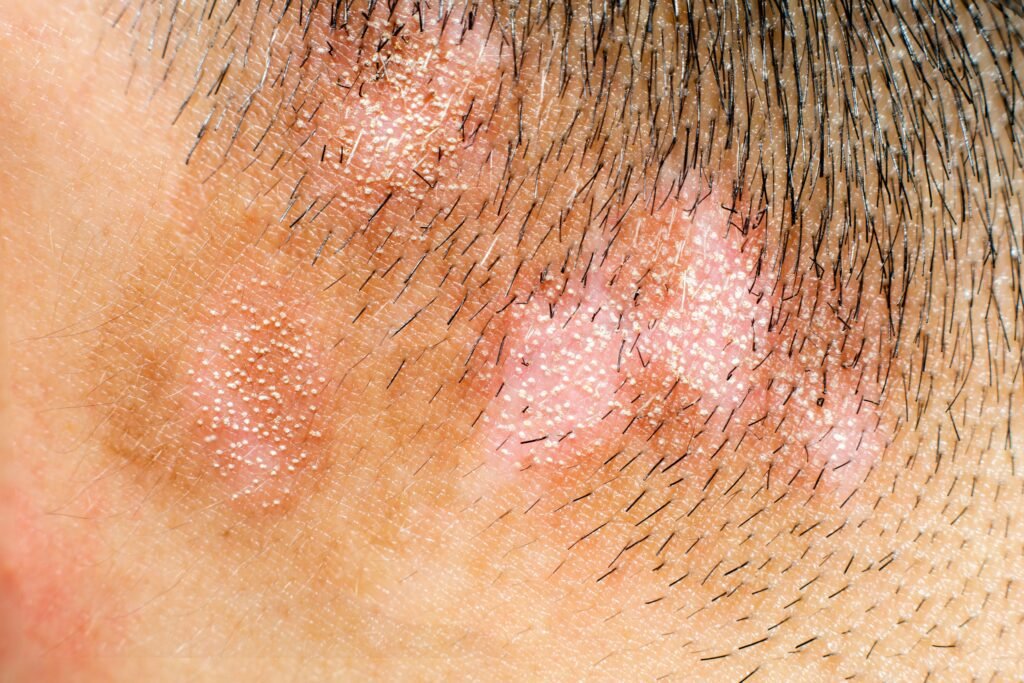Advancements in Evaluating Pigmentary Disorders: A Closer Look at the OBSERV 520x
Dermatological conditions often require careful visual assessment, especially those characterized by erythema and pigment alterations. Skin disorders such as melasma, dermatoheliosis, and inflammatory postinflammatory hyperpigmentation—common in conditions like atopic dermatitis and acne—pose particular challenges for dermatologists when evaluating patients of color. Understanding the limitations of traditional assessment methods and exploring advanced tools can significantly enhance diagnostic accuracy and treatment efficacy.
Challenges in Visual Assessment of Pigmentary Disorders
Skin pigmentation disturbances can be broadly categorized into hyperpigmented conditions, such as melasma, and hypopigmented conditions, including vitiligo and pityriasis alba. Traditional assessment methods, while useful, come with notable limitations:
- Subjectivity: Visual assessments often lead to variability, as different clinicians may interpret results differently.
- Time Constraints: Established tools like the Melasma Area Severity Index (MASI) can be cumbersome to implement in busy clinical settings.
New Tools for Enhanced Evaluation
To counteract these challenges, dermatologists are increasingly turning to advanced, noninvasive imaging technologies. Instruments such as dermoscopy, photography, and high-tech systems like the Dermacatch and VISIA for skin assessment provide additional layers of analysis, but they still fall short in specific areas.
Introducing the OBSERV 520x
The OBSERV 520x is a groundbreaking imaging device designed to synthesize multiple light sources—daylight, cross-polarized light, and ultraviolet light—enabling precise evaluations of multiple skin parameters, including:
- Pigmentation
- Texture
- Vascularity
- Wrinkles
- Volume and Contour
Key Features:
- Comprehensive Imaging: This device captures images from five angles, allowing for detailed analysis of both full facial areas and targeted spots in one session.
- Speed and Efficiency: It can produce eight high-resolution images in just 10 seconds, streamlining assessments in clinical environments.
Study Insights and Correlations
Recent research aimed to evaluate the OBSERV 520x against the Dermacatch and VISIA systems, focusing on its effectiveness in assessing facial pigmentation and erythema. Here’s what the study found:
- Consistency with Other Devices: The OBSERV 520x exhibited correlation with results from Dermacatch and VISIA.
- Strong Correlation with MASI: It showed a particularly strong relationship with MASI scoring, enhancing its reliability for assessing hyperpigmentation.
- Incorporation of Wood Lamp Technology: This unique feature allows for depigmentation analysis that other devices lack.
Key Findings:
- The OBSERV 520x efficiently distinguishes between diseased and normal skin using specialized parameters.
- It demonstrated a superior capacity for hyperpigmentation assessment compared to existing systems.
Implications for Future Research
While the OBSERV 520x shows promise, ongoing studies are essential to fully validate its capabilities. Its detailed and efficient assessments make it a potentially invaluable tool in clinical research and trials focused on pigmentary disorders. Notably, accurately measuring subtle changes can lead to improved treatment outcomes, particularly in conditions like melasma.
Upcoming Opportunities:
- Potential cost reductions could make the OBSERV 520x more accessible for broader clinical use.
- Future studies will likely focus on its application not only in clinical settings but also in research environments where precision is crucial.
Conclusion: A New Era in Dermatological Evaluation
As dermatologists strive for greater accuracy in evaluating conditions like melasma and other pigmentary disorders, innovative devices such as the OBSERV 520x may set new standards of care. With the ability to objectively measure subtle changes and a robust design tailored for clinical efficiency, this technology promises to enhance the way dermatological care is delivered and perceived.
For more information on skin disorders, consider exploring resources from the American Academy of Dermatology and other reputable sites to stay updated on advancements in dermatological care.


